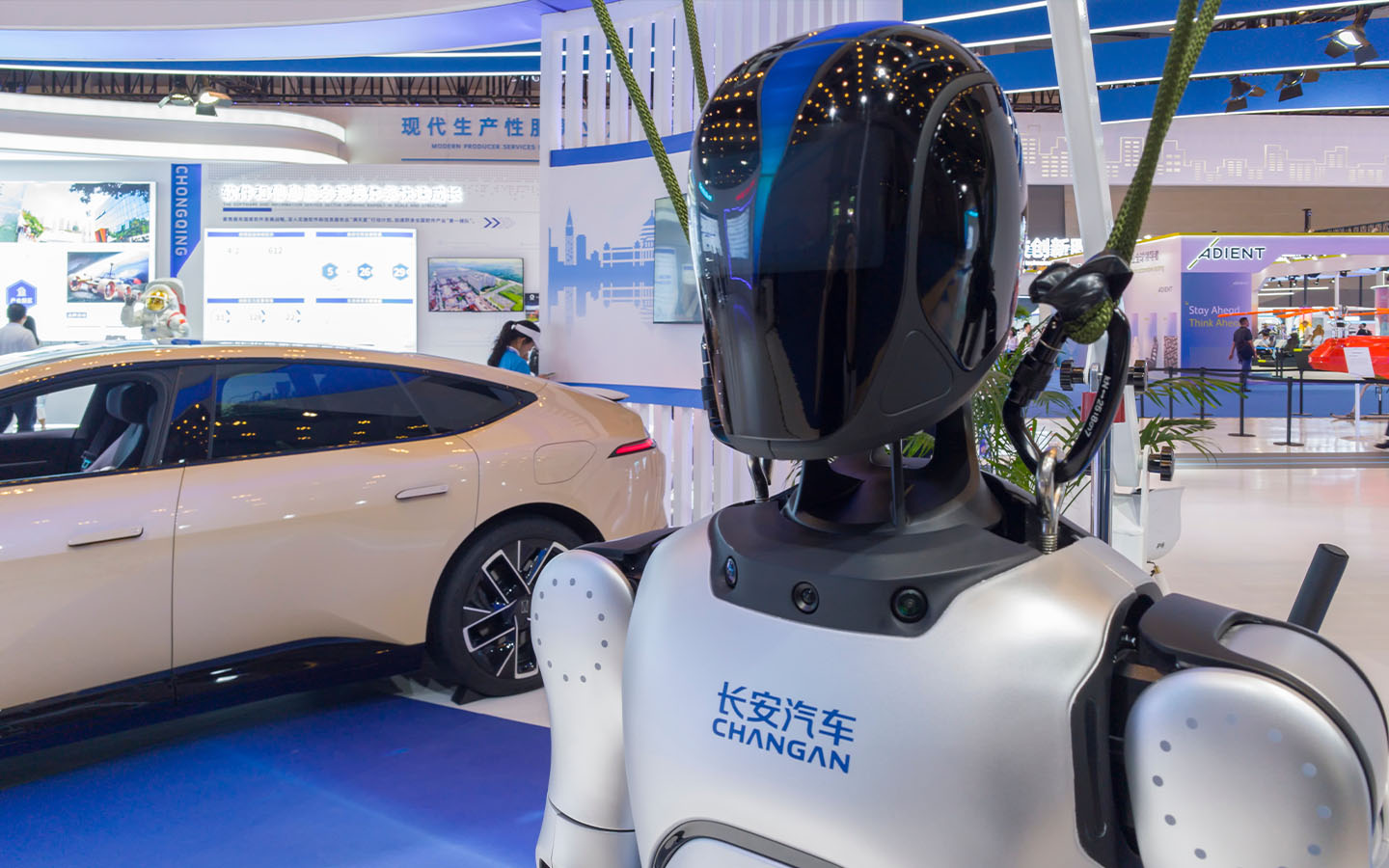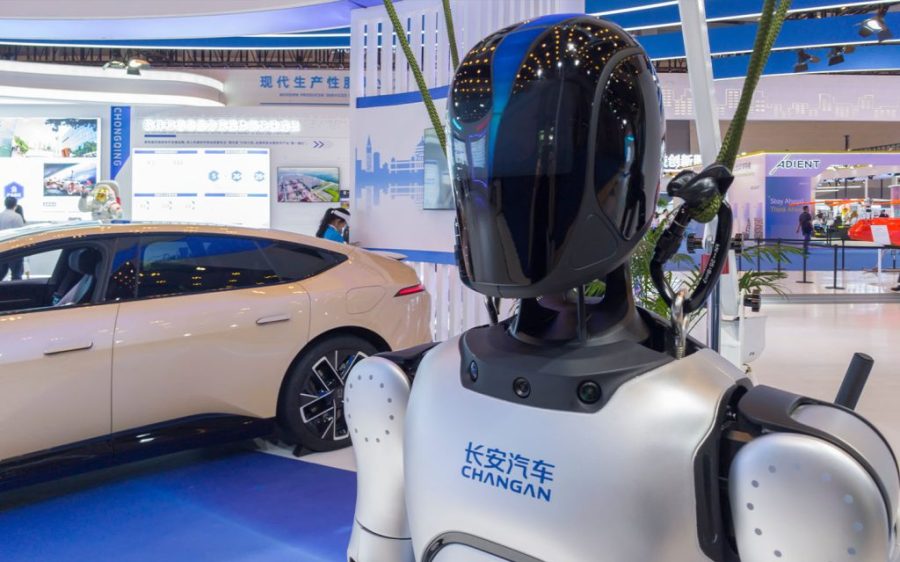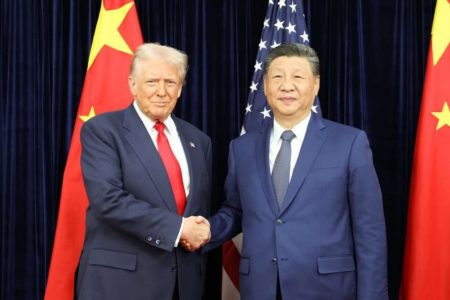Investment bank Morgan Stanley is predicting an “adoption push” for humanoid robots in China. This could see the central government offering end-user subsidies to encourage their on-the-ground usage during the second half of this year, the South China Morning Post reports.
In a report published Tuesday, the bank said “downstream adoption” would be the robotics sector’s main focus for the rest of the year. Supporting this was the fact that several large commercial orders had been made recently.
State-owned car exporter MiEE (Shanghai) Automotive Technology just placed a 90 million yuan (US$12.5 million) purchase order with Shenzhen-based UBTech Robotics, for instance. Earlier this month, robotics start-ups AgiBot and Unitree Robotics secured orders totalling 124 million yuan (US$17.3 million) from state-owned China Mobile.
In a May research report, Morgan Stanley stated that China was “dominating the field of AI-enabled robotics, humanoids or otherwise” and noted a widening gap with the US.
[See more: Robots are now riding the Shenzhen Metro to make deliveries]
“It is becoming apparent that national support for ‘embodied AI’ may be far greater in China than in any other nation, driving continued innovation and capital formation,” the bank’s head of industrial research commented.
The report predicted that the global “humanoids market” could be worth more than US$5 trillion by 2050. It also said the number of these robots would likely be nearing 1 billion by then, with adoption accelerating in the late 2030s. The vast majority of humanoids would be used for industrial and commercial purposes, it added.
The bank described humanoids as “human-like robots with arms, legs, hands and brains powered by artificial intelligence”.
According to Morgan Stanley, China was likely to have 302.3 million humanoids in use by 2050, while the US would only have 77.7 million. Those forecasts suggest only about 10 percent of the robots would be used in domestic settings, with high price points being the biggest limitation.






